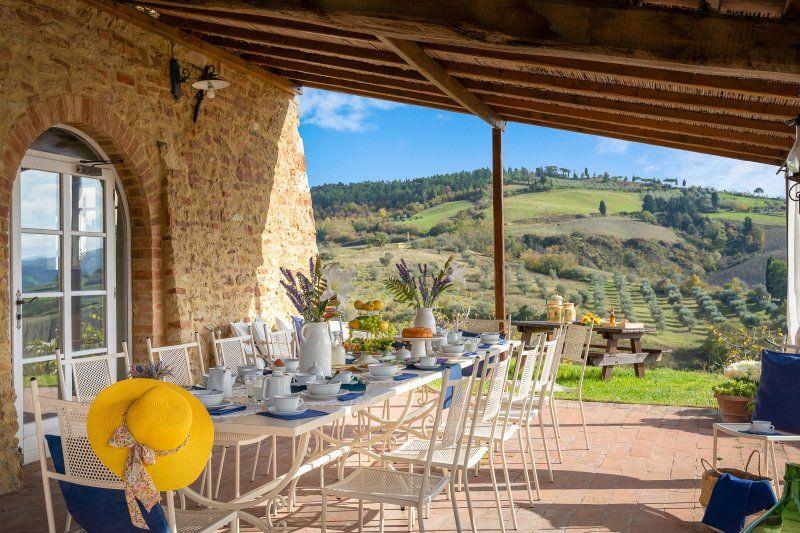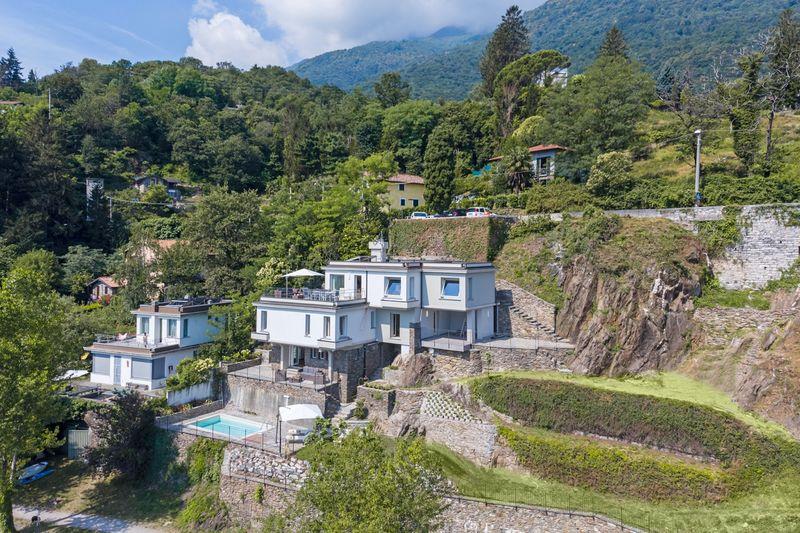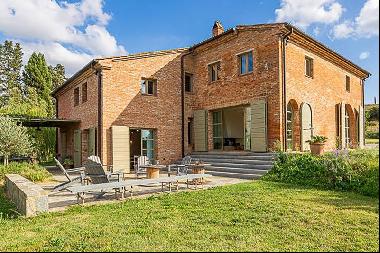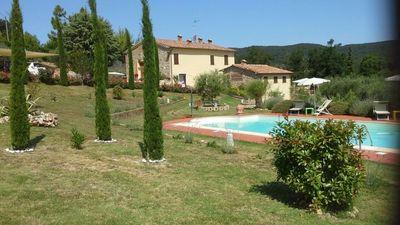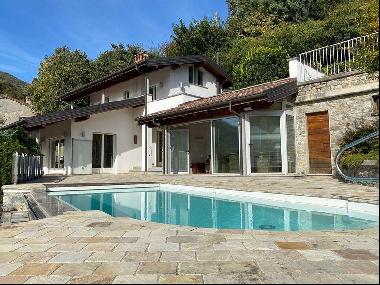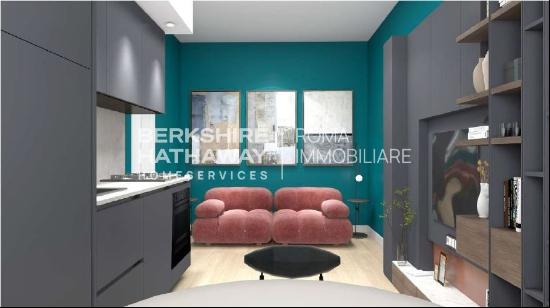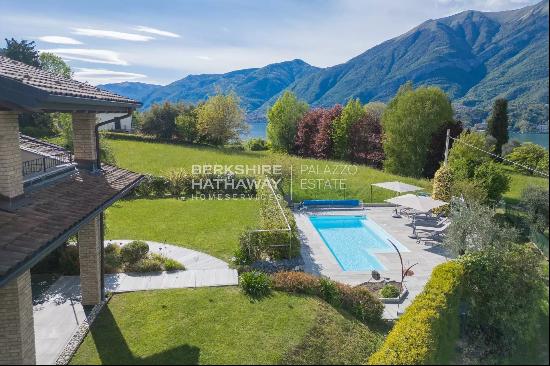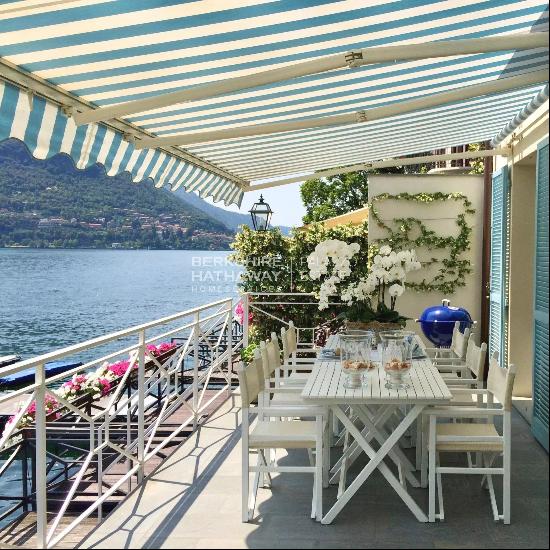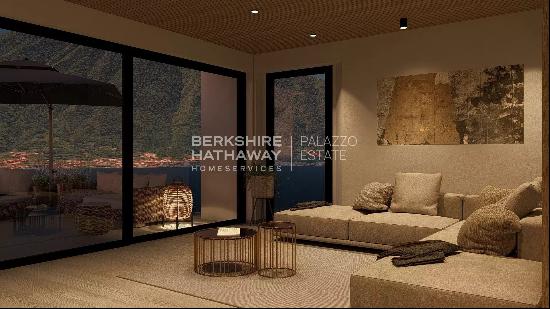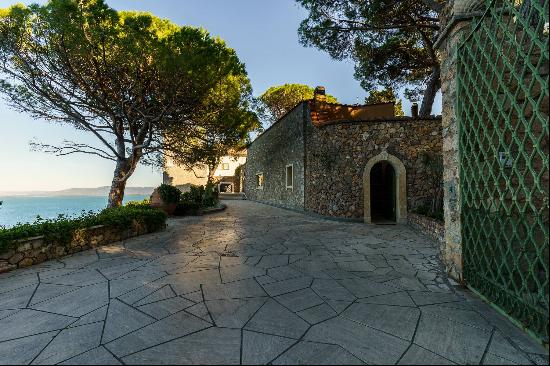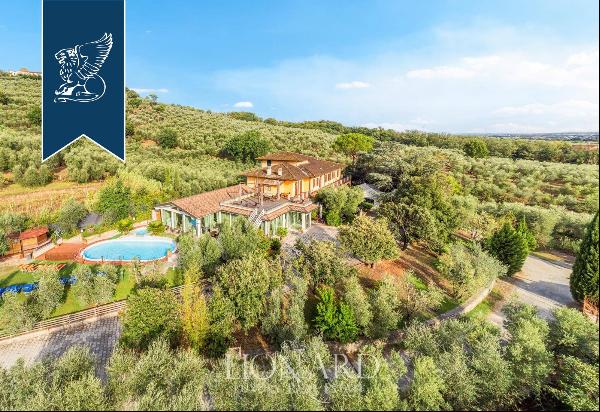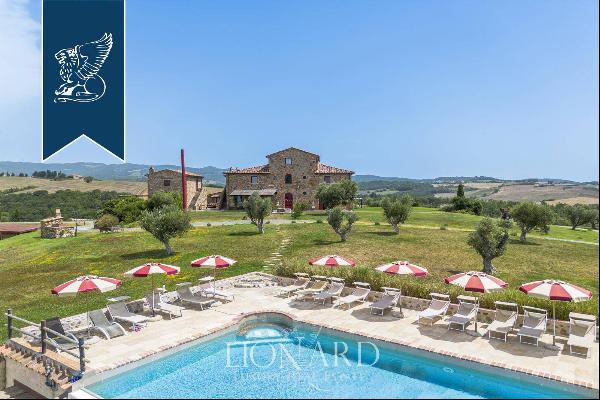
By Susie Mesure
Stepping into Aristide Najean’s canalside Murano home is like walking into an exclusive gallery: the French artist’s glass creations are everywhere.
Since buying the 18th-century palazzo in 2011, Najean has stamped his presence on the three-storey property. His handcrafted Murano glass chandeliers and wall-mounted light fittings, made in his nearby furnace, are a colourful contrast to the Venetian building’s open brickwork and beamed ceilings.

“By filling the house with glass, we are helping to tell the Muranese story,” says Sylvie Plassnig, Najean’s partner, who helps to run his business. “The house is part of Aristide’s life on the island and part of his work.” It is on the market for €4.3mn.
Najean, whose pieces can be found in hotels including The Dorchester in London, moved to Murano in 1986 to study the glassmaking techniques for which the island has been known since the 13th century. Plassnig says their home, which is on the Canale degli Angeli, Murano’s principal waterway, does not inspire his work so much as give it life by providing space for the creations, which can take several months to make.
There are 25 of Najean’s chandeliers in the palazzo, which the owners are keen to sell for a price negotiated on top of the asking price so the house retains its character. “They are like sculptures,” says Plassnig. “In the sitting room, it’s as if there is a starry sky.”

On one side the property’s double doors open onto the pavement that runs along the bank of the canal; on the other they open into a reception room that leads to a large, shaded courtyard with a well and then an orchard garden. Upstairs, the first floor features Najean’s fused glass side windows and one of the property’s two Murano glass fireplaces. He designed the curved kitchen cabinets to mimic the waves on the lagoon visible from the front windows.
A second-floor attic with a kitchen and a south-facing terrace with views over the canal complete the four-bedroom house, which has been designed so each floor can be used independently. There is also an annexe in the garden.
The couple, who split their time between Italy and Switzerland, spent three years restoring the property to make it cosy and comfortable. “The lagoon can be humid and also cold, so we needed to be able to dry out the house,” says Plassnig. Contemporary details such as iron work, designed by Najean, above the windows on the front facade complement the building’s original features.
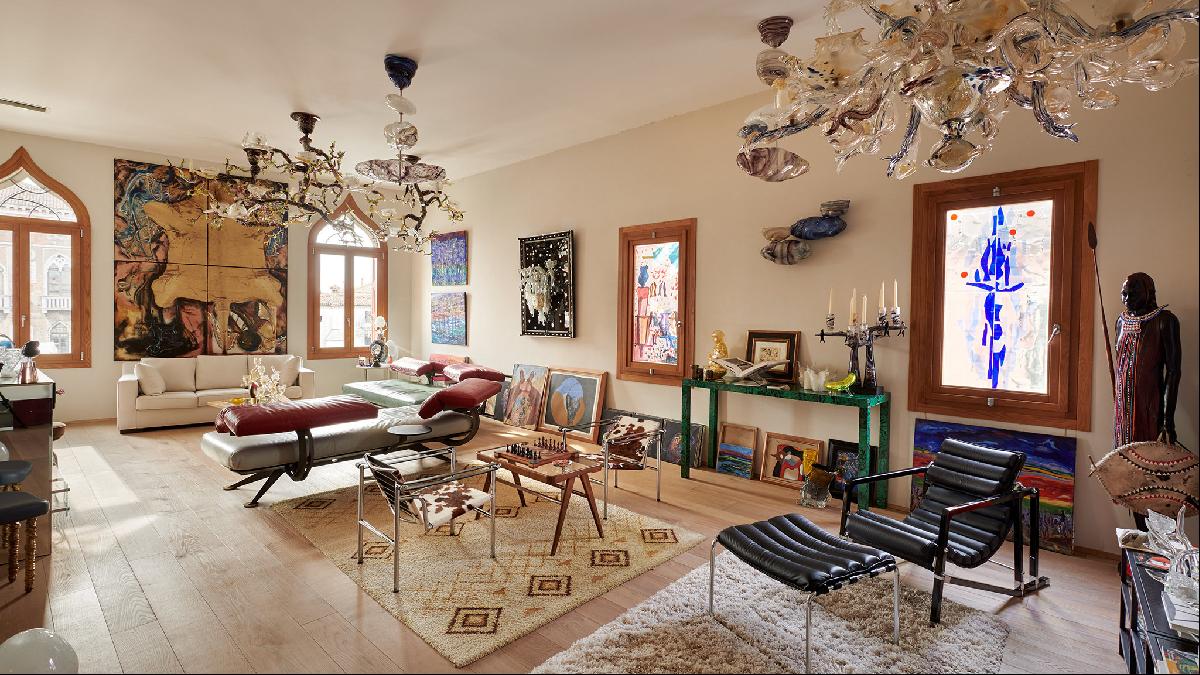
The house would suit someone creative, suggests Plassnig, pointing out the ground floor room that Najean uses as a painting studio. “Living on Murano is different from being in Venice where you might buy a classical historic palace full of old furniture,” she says. “Here, there is a greater sense of the future because the island is changing.”
The couple plan to find another house on Murano. The island lies about 1.5 miles north-east (roughly 20 minutes by water taxi) of the Venetian tourist hub of St Mark’s Square, home to St Mark’s Basilica and the Doge’s Palace. “We need a new project,” says Plassnig. “But we will always stay here; it’s where our furnace and glassmaking team are. We couldn’t recreate what we have here anywhere else in the world.”
Photography: Venice Sotheby’s International Realty; Colin Dutton


